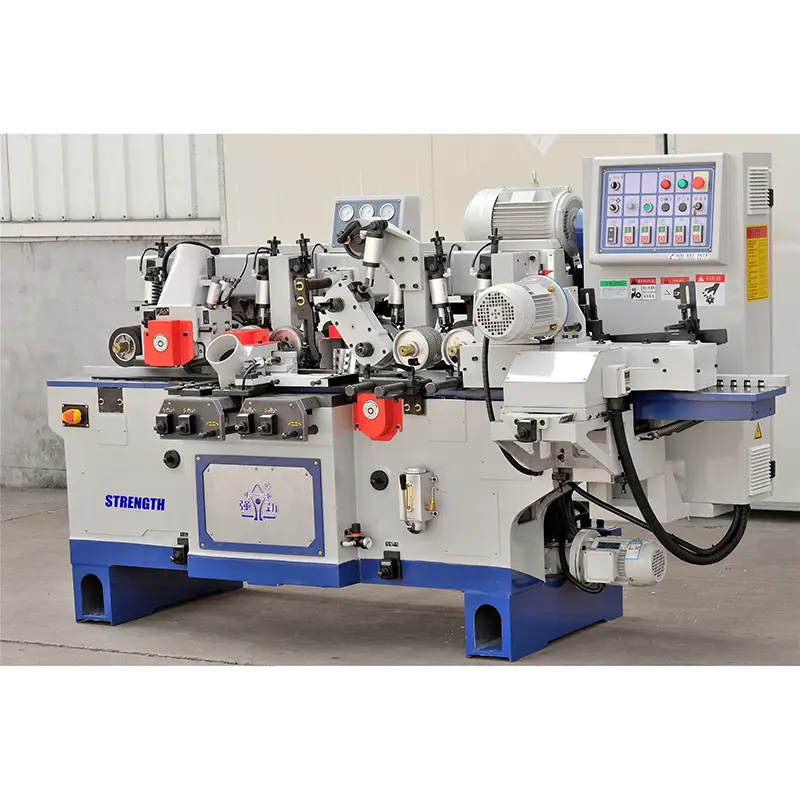Woodworking is a timeless craft that has been practiced for centuries, and one of the important tools in a woodworking arsenal is the planer. A planer is a versatile tool used to transform rough, uneven wood into a smooth, flat surface, making it an indispensable tool for any woodworking project. In this article, we’ll explore the role of a planer in woodworking and how it helps transform wood from rough to fine.
The primary function of a planer is to create a uniform thickness and smooth surface on a piece of wood. It does this by removing thin layers of wood from the surface, resulting in a consistent and even finish. This process is crucial in woodworking as it ensures that the wood is suitable for further shaping, joining or finishing.
One of the main benefits of using a planer is its ability to save time and energy during the woodworking process. Instead of manually sanding and smoothing wood, a planer can achieve the desired result quickly and efficiently. This not only speeds up the woodworking process but also ensures a more precise and professional finish.
There are different types of planers available, including manual planers and electric planers. Hand planes are manually operated and are suitable for smaller woodworking tasks or shaping edges and corners. On the other hand, electric planers, also called thickness planers, are electric and can handle larger lumber with greater precision and efficiency.
The process of transforming wood with a planer starts with choosing the right type of wood for the project. Whether it’s a hardwood like oak or a softwood like pine, a planer can effectively smooth and flatten the surface, bringing out the natural beauty of the wood. Once the wood is selected, it must be inspected for flaws or irregularities that need to be addressed before planing.
Before using your planer, it’s crucial to make sure the blade is sharp and adjusted correctly. Dull blades can lead to uneven cuts and rough surfaces, so it’s important to regularly maintain and sharpen your blades for optimal performance. Additionally, adjusting the depth of cut and feed rate on the planer is critical to achieving the desired thickness and smoothness of the wood.
Once the planer is set up and ready for use, the wood is fed into the machine and the blades chip away at a thin layer of wood each time. This process is repeated until the desired thickness and smoothness are achieved, resulting in a rough to fine piece of wood. A planer’s ability to eliminate imperfections and create a uniform surface is critical to creating high-quality woodworking projects.
In addition to creating a smooth, flat surface, a planer can also be used to create custom thicknesses for specific woodworking needs. Whether creating precise measurements for joinery or achieving consistent thickness for a tabletop, planers provide the flexibility to tailor wood to project requirements.
Additionally, planers play a vital role in recycling and repurposing reclaimed wood. Reclaimed wood often has imperfections, such as uneven surfaces, nail holes, or weathered grain. Planers can effectively remove these imperfections, bringing out the natural beauty of the wood, making it suitable for use in new woodworking projects.
All in all, a planer is an indispensable tool in the woodworking process, which can transform wood from coarse to fine. Its ability to create smooth, flat surfaces and custom thicknesses makes it an essential tool for woodworkers of all levels. Whether used to shape, smooth, or customize wood, a planer is a versatile tool that improves the quality and precision of your woodworking projects. With their efficiency and effectiveness, the planer remains a cornerstone tool of the timeless woodworking craft.
Post time: Jul-15-2024

